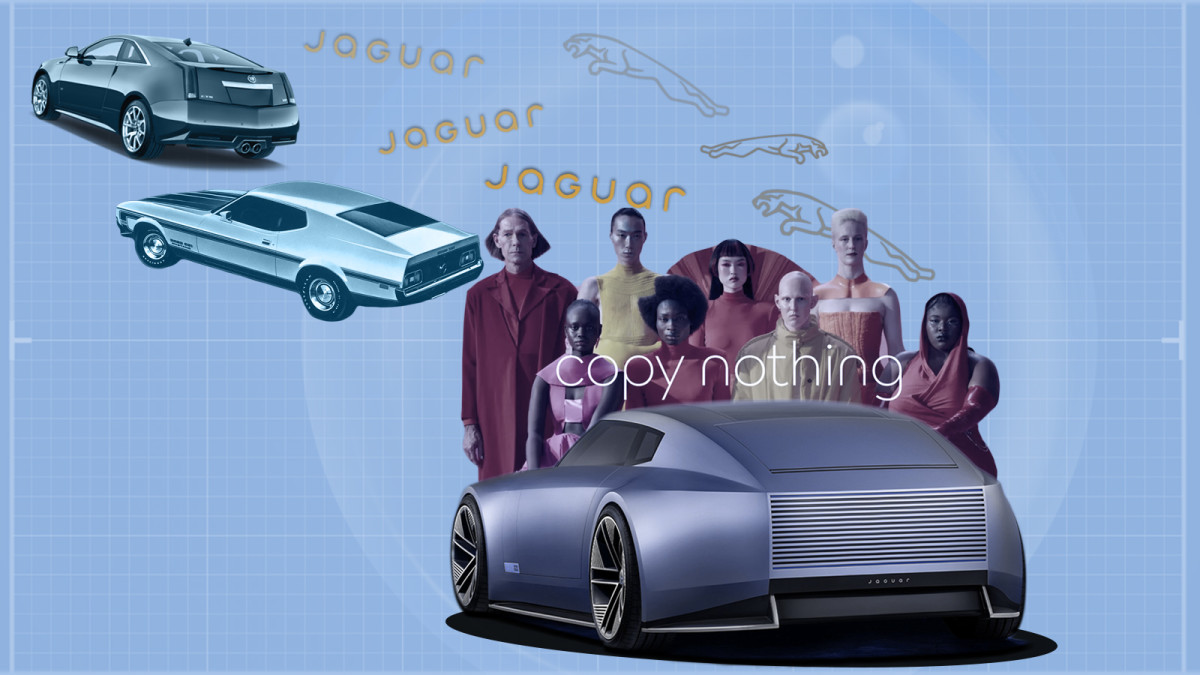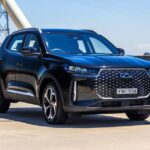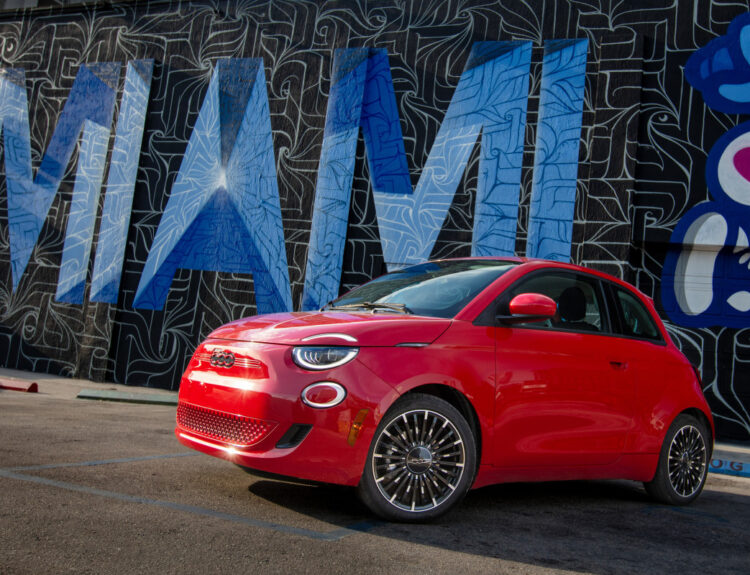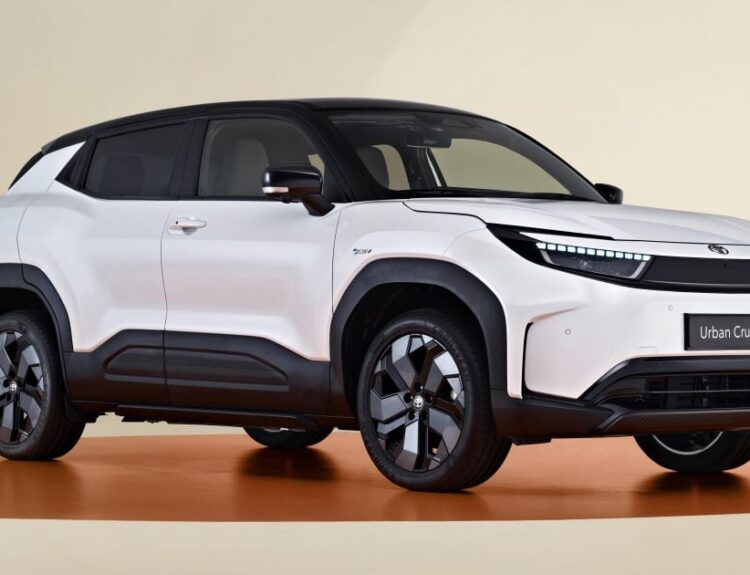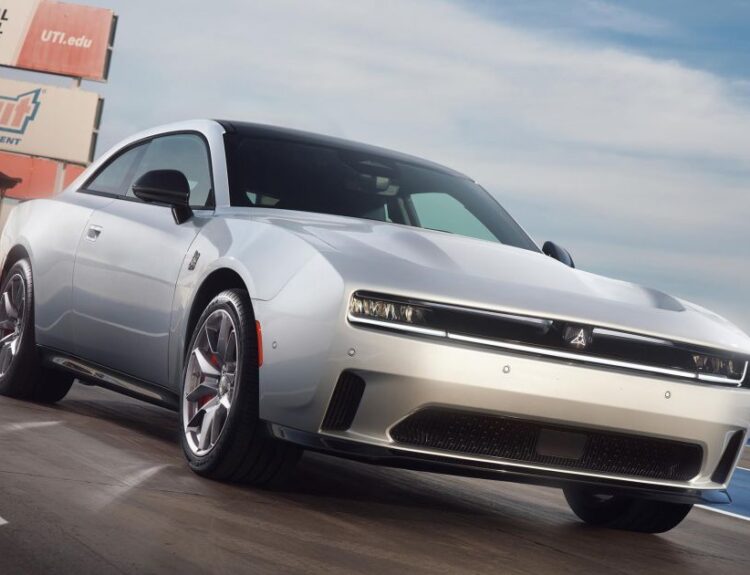Jaguar’s New EV Vision Sparks Controversy Among Enthusiasts
Jaguar has taken a leap into the electric vehicle (EV) market, unveiling its latest branding and design direction to the mixed feelings of its loyal fanbase. Changing its logo to a more streamlined font, Jaguar’s management has expressed a desire to "move away from traditional automotive stereotypes" — a statement that leaves much to be interpreted. This shift in focus raises questions about the brand’s identity since the departure of Ian Callum, the prominent Director of Design, who guided Jaguar’s visual language for two remarkable decades before stepping down in 2019.
A Shadow of Its Former Self
Once upon a time, Jaguar epitomized automotive excellence, embodied in memorable campaigns that framed its vehicles as the choice of sophisticated rebels, a symbol of prestige amidst the backdrop of a pre-Brexit Britain. Today, the narrative seems considerably different, as the brand struggles to bring new models to market — a situation that holds true even in its home territory of the United Kingdom. Following the leak of clandestine spy shots showing a peculiar vehicle, the much-anticipated Type 00 has now emerged, albeit to a lukewarm reception.
While the concept presents a striking design, reminiscent of a high-fashion trend, its appeal is still subject to scrutiny. The allure of Jaguar has traditionally blended sumptuous passenger comfort with a dynamic driving experience—qualities that have become increasingly distant from the Type 00. The former XJ, with its elegant length and lightweight engineering, resembled a supermodel who effortlessly combines glamour with raw power. In contrast, the new model may falter to deliver a similar charm.
Concerns have arisen regarding design choices that may hinder practicality. The Type 00’s form features sweeping curves and an imposing façade, yet it is marred by the possibility of lacking a rear window — a decision that raises eyebrows among auto enthusiasts.
A Design Misstep?
The concept of a windowless rear has sparked discussions regarding automotive design integrity. It prompts the question: what nomenclature fits this perplexing feature? One could dub it a "backless structure," but whatever the phrasing, it marks a glaring fault in the Type 00’s design. Such decisions echo a troubling history within the industry, marked by other paradoxical choices.
Take, for instance, Ford’s Mustang refresh in 1971, which attempted a fastback style that left its rear window nearly flat, producing significant visibility complications. This design fad fell out of favor swiftly with the oil crisis, but not before the sleek Mach 1 had cemented its place in automotive lore.
Similarly, Cadillac ventured into the realm of impractical visibility with its CTS Coupe. Despite performance-inspired aesthetics, the near-flat rear glass hampered rearward visibility, leaving drivers in a precarious position. Such oversights echo a worrying trend wherein form triumphs over function, much to the detriment of user experience.
A Possible Solution
Yet there exists a pathway out of this design quandary. Inspired by solutions used in the luxury segment, the incorporation of frosted glass technology could provide a compromise for Jaguar. This innovation allows passengers the luxury of privacy at a touch while enabling the driver to maintain visibility when needed. It’s a fusion of sophistication and practicality—a hallmark of what a Jaguar should represent, and one that could elevate the brand’s identity.
This is not merely about tinting but rather a trend that deserves wider application in the automotive industry. A feature like this could serve to redefine boundaries, providing versatility without compromising the essence of luxury.
Concluding Reflections
Jaguar has a storied past that it could have leveraged in the electric age, especially with the established I-Pace serving as a valuable foundation. However, the company’s new trajectory risks alienating its heritage unless it can marry innovative design with traditional performance.
The challenge ahead will be critical for Jaguar, as the potential division between risk-taking and delivering exceptional vehicles becomes ever more pronounced. As the brand carves out its future, it must honor its legacy while embracing the freedoms that come with authentic expression in design and engineering. The stakes are high, and the path uncharted — a true test of Jaguar’s resolve as it navigates the waters of a new automotive era.
Source:www.autoblog.com

